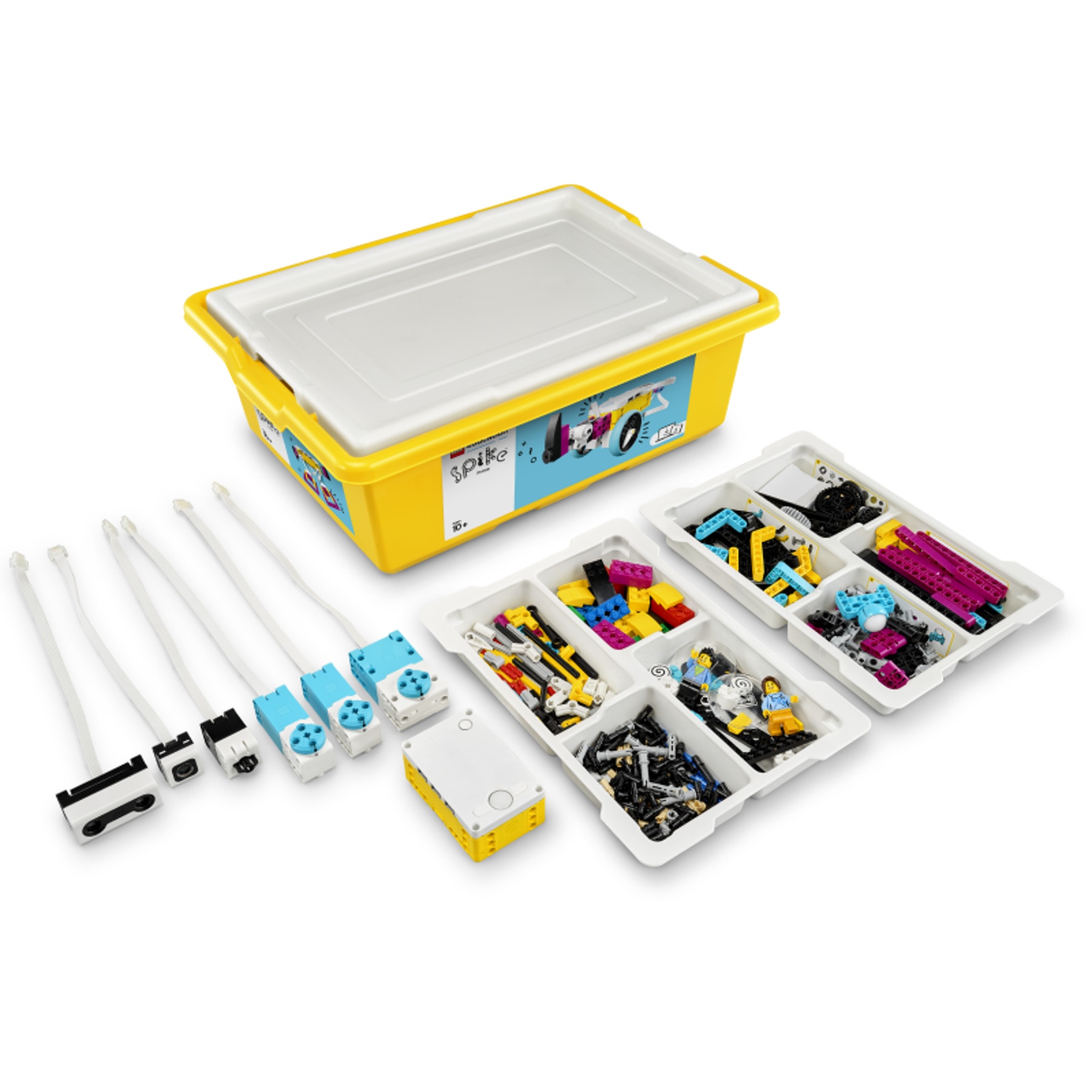
Q&A with Kanami Sonehara
6th Grade Teacher
Kamiitabashi
No.4 Elementary School
Itabashi City, Tokyo
1. Why LEGO® Education SPIKE™ Prime?
SPIKE™ Prime offers a higher level of freedom, I actually received an independent proposal from a student who participated in a hands-on SPIKE™ Prime session to consider using the product. The student wrote that,
“With SPIKE™ Prime, I can express what I’m thinking.”
It seemed that the student was saying that with SPIKE™ Prime they could express things they couldn’t before. I’ve had a lot of positive feedback from students since I started using SPIKE™ Prime in my classes. They
like the fact that by using the different types of sensors they can bring what they imagine to life.
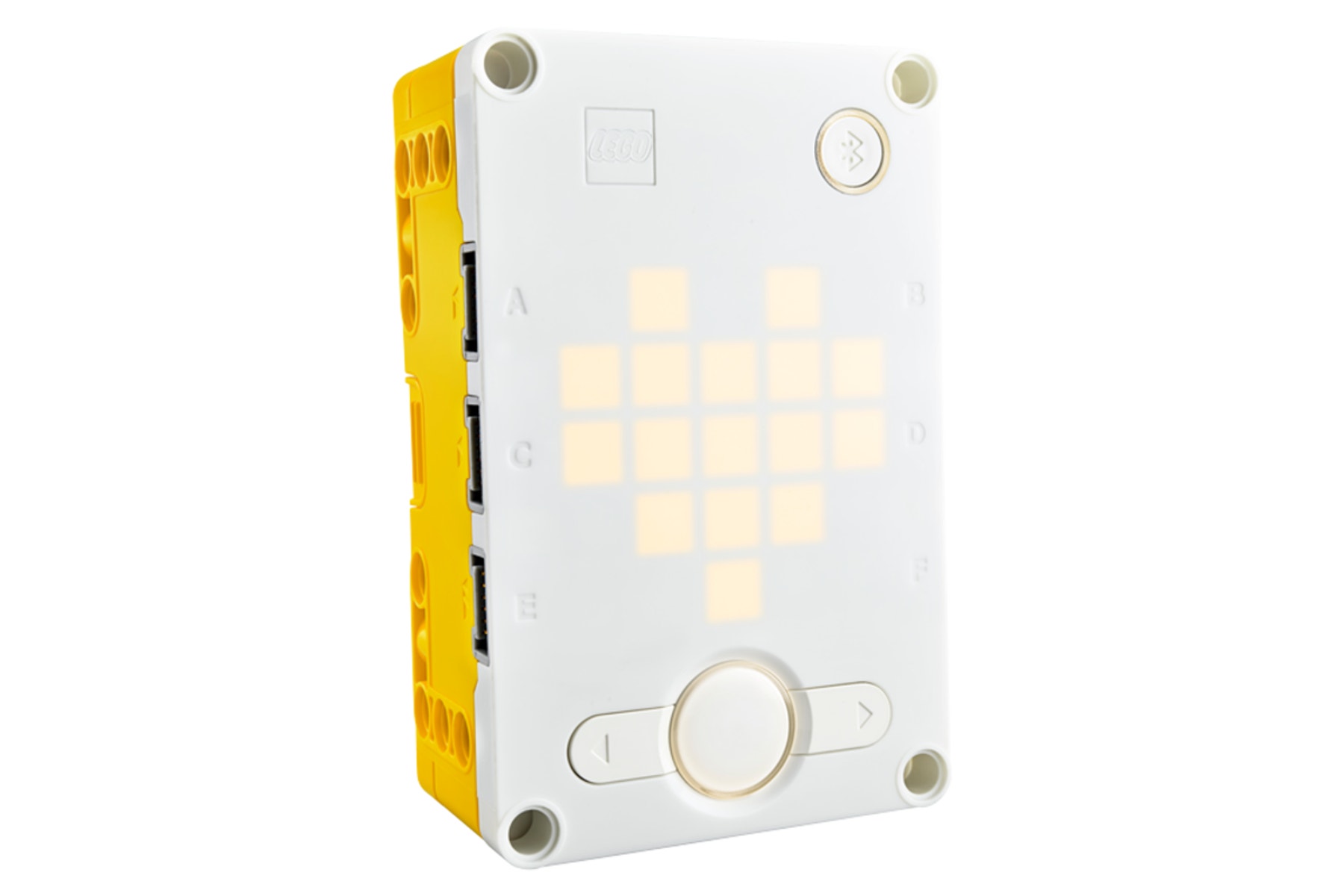
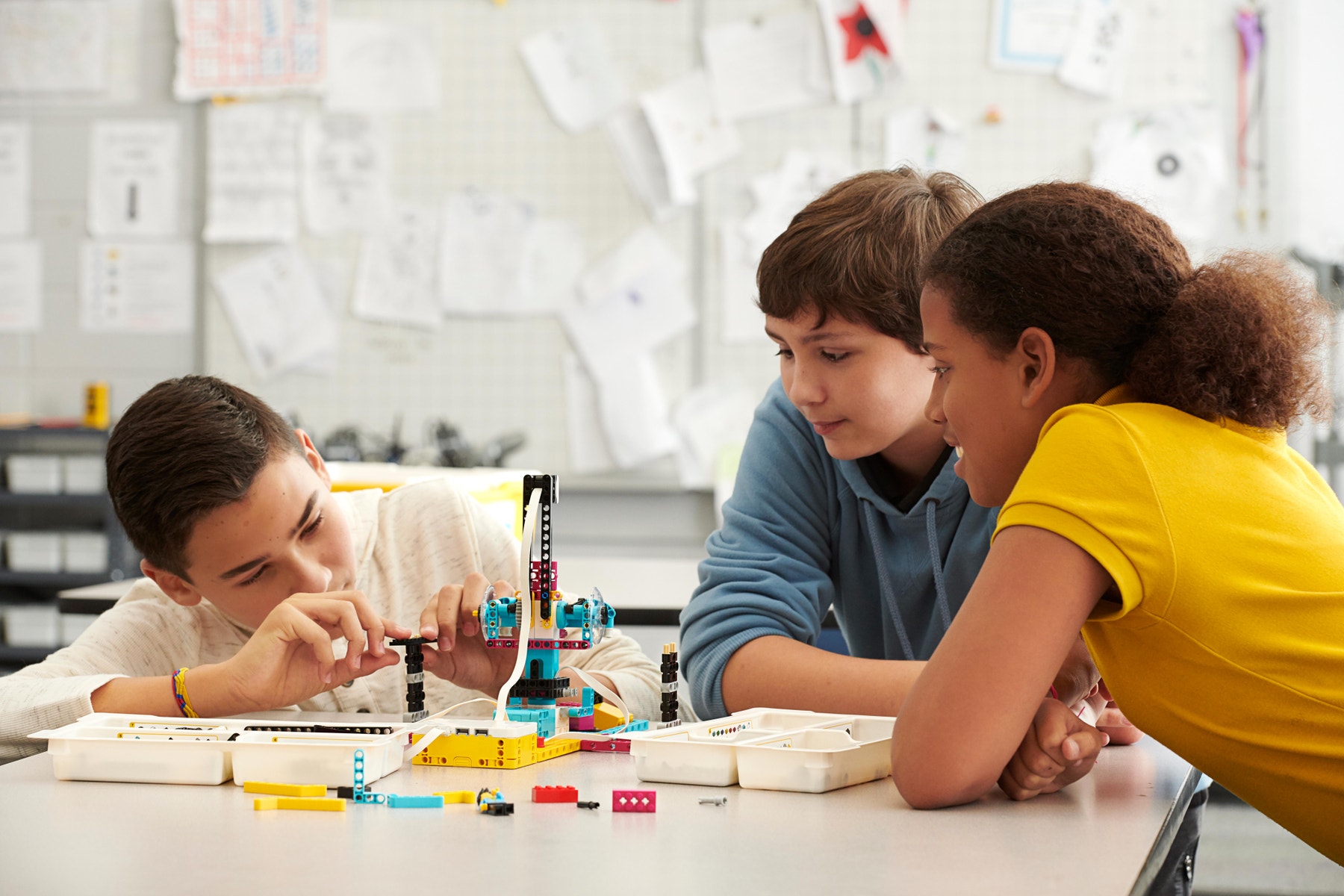
2. How difficult would it be to use SPIKE™ Prime in class for the first time with no experience.
If you were teaching sixth grade students who have used Scratch before, I think there would be no problem.
Students who have an idea of how blocks are used in programming would be able to quickly understand SPIKE™ Prime.
It depends on the developmental stage of a child, but I think that those in school years who can order their thoughts logically would find SPIKE™ Prime easy to use.”
3. What size group do you think SPIKE™ Prime is best suited for?
One unit between three. With groups of two I think you could see a large difference in terms of student ability. With three, it’s easier for students to voice critical opinions and have constructive discussions. Three students is the right amount to get them thinking, but I think four is a bit too many. With four you risk some students becoming bystanders.
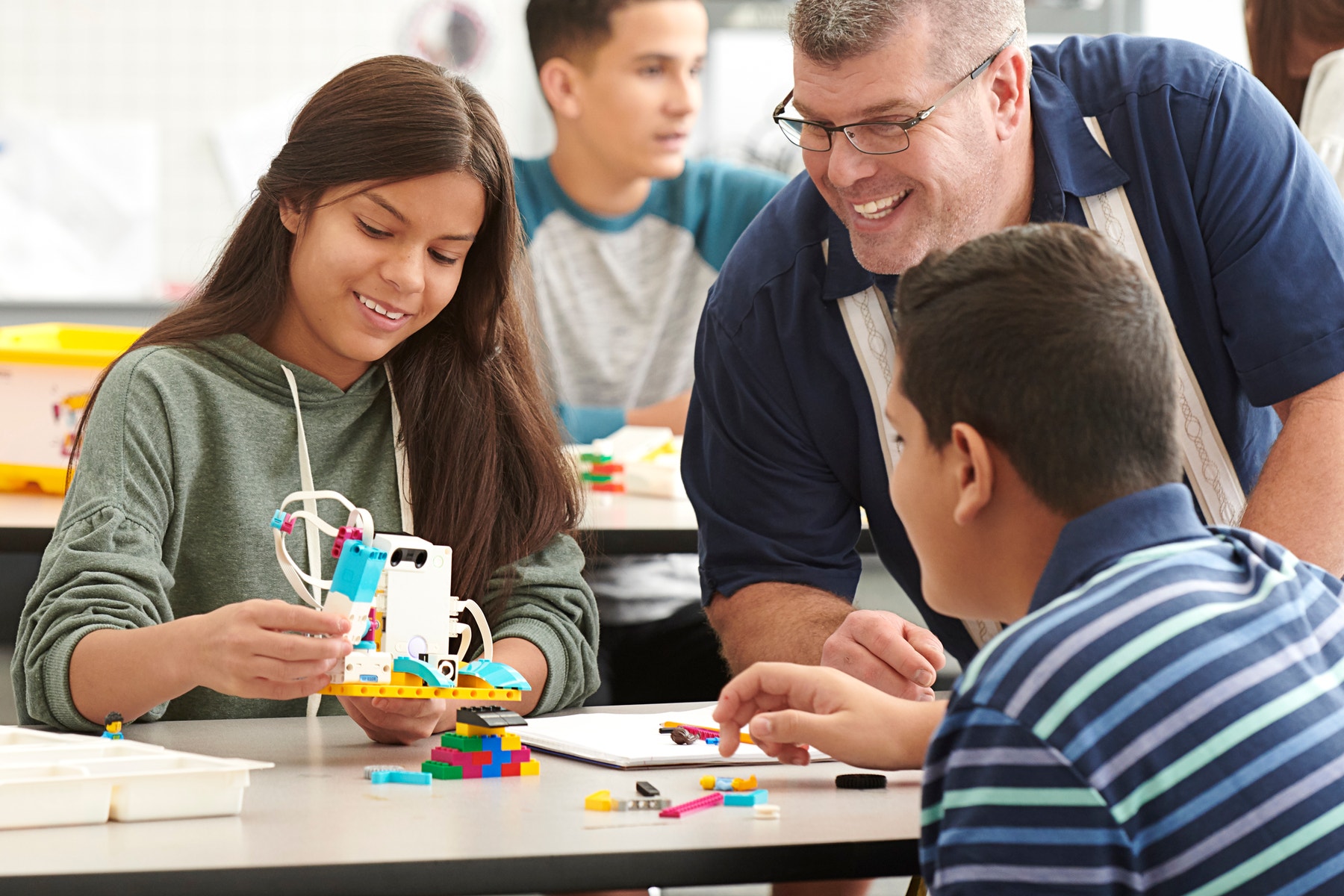

3. What size group do you think SPIKE™ Prime is best suited for?
One unit between three. With groups of two I think you could see a large difference in terms of student ability. With three, it’s easier for students to voice critical opinions and have constructive discussions. Three students is the right amount to get them thinking, but I think four is a bit too many. With four you risk some students becoming bystanders.
4. How was the building process?
Even without a manual, assembly took about one to two hours. To be honest, I think I underestimated students’ abilities – they were much more creative than I thought. I thought that they would find assembly impossible without a manual, but they were able to build creations freely assembling 6 blocks and using their imaginations. This is definitely a good aspect of LEGO.
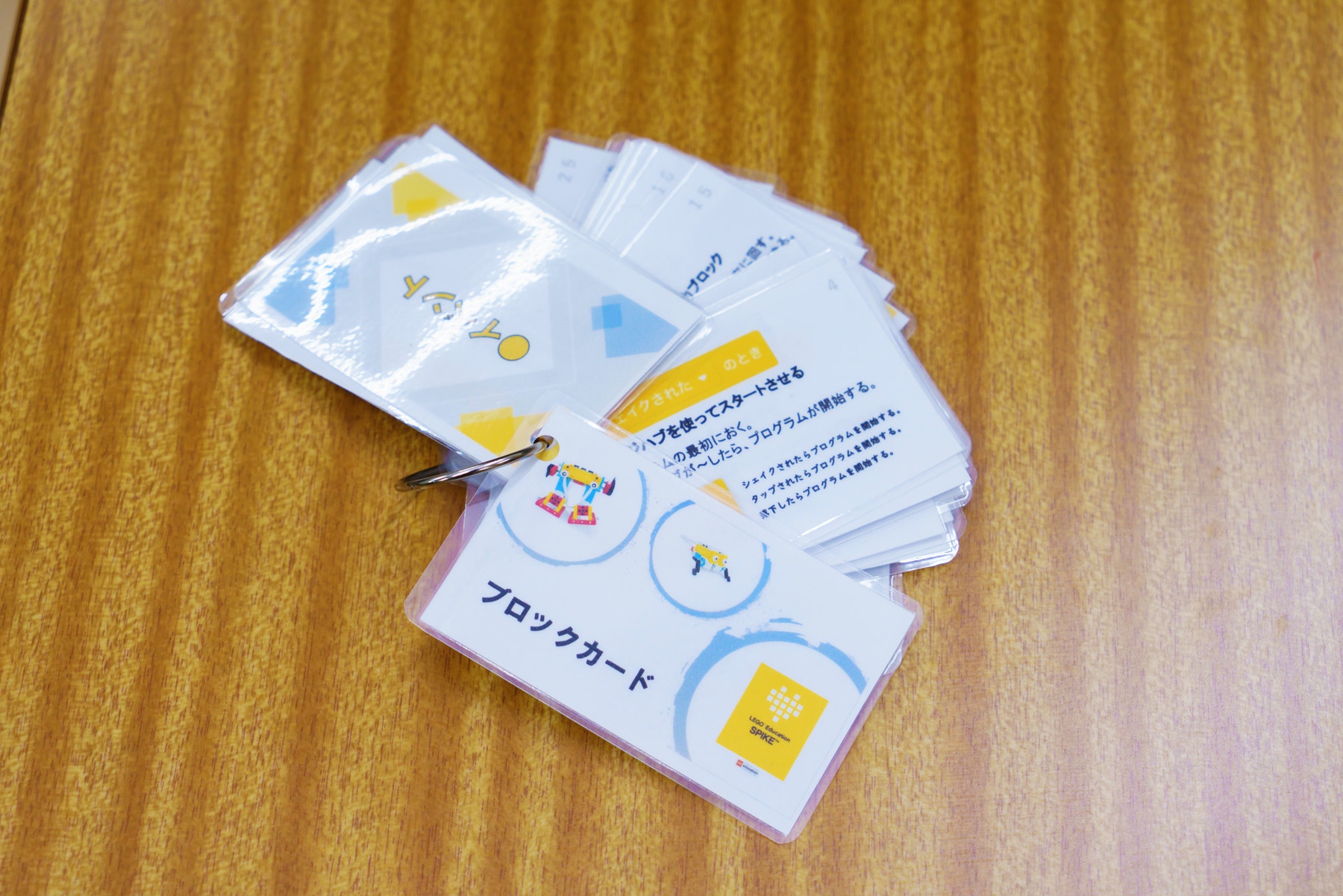
5. Tell us about the block cards you made to help with programming.
I made block cards with an eye on the programming screen – this helped me prepare teaching materials for the class. I was able to use them to support students when they asked me for help. There is a teacher who created block cards for WeDo 2.0 so I used that as a reference.
I think they helped students to translate their thoughts into programs and in thinking about what kinds of sensors they needed to use.
6. What should teachers do to prepare for using SPIKE™ Prime?
I think training is necessary. Teachers need to be interested in SPIKE™ Prime, and they need to try using it. You only need an hour, so just pick it up and try it out. If you can master how to use just the sensors, then you’ll feel at ease in class. If you can visualize how sensors can be used, then it’s easier to imagine how to incorporate them into your classes. Also, to ensure there is enough time for students to learn programming and building skills, teachers should ideally have an understanding of subjects across the curriculum.
